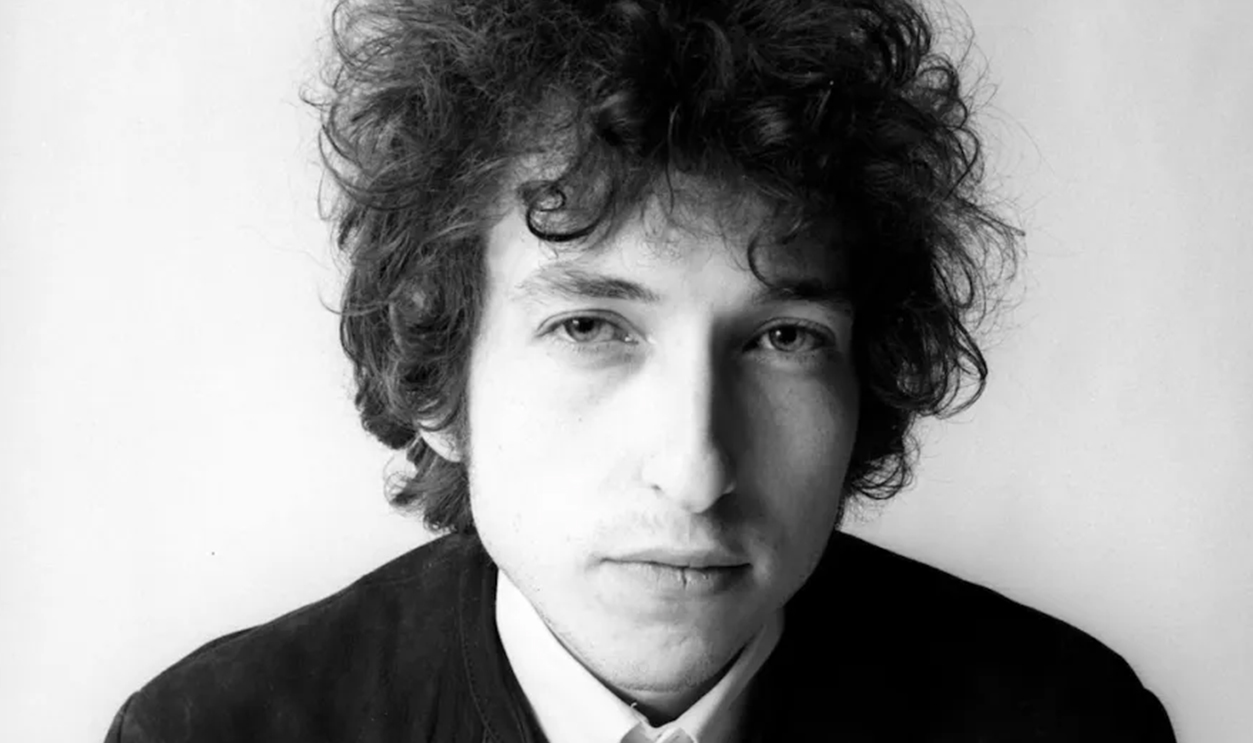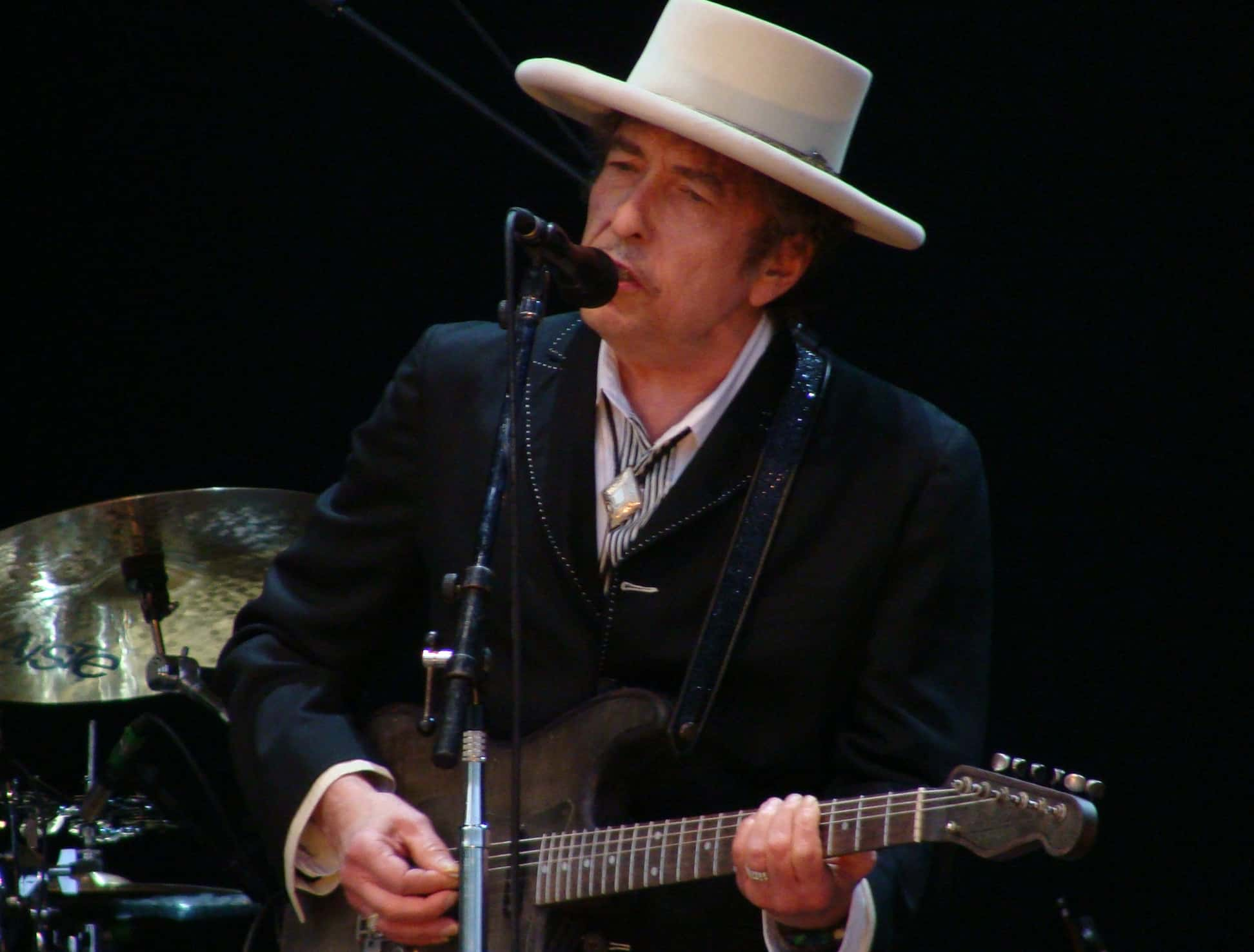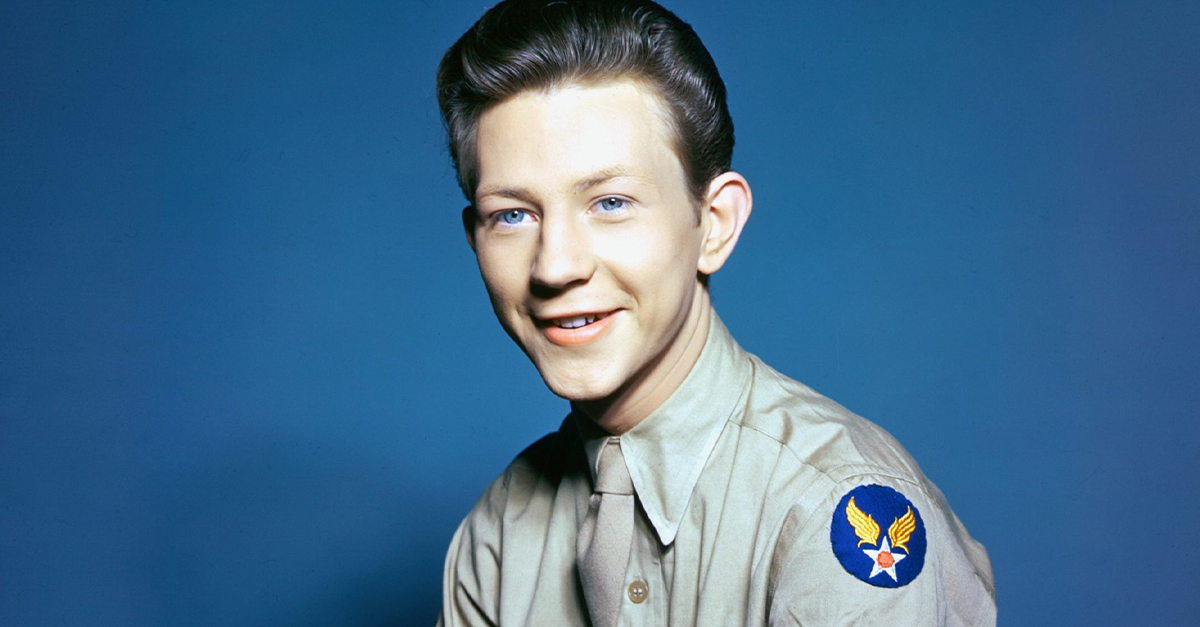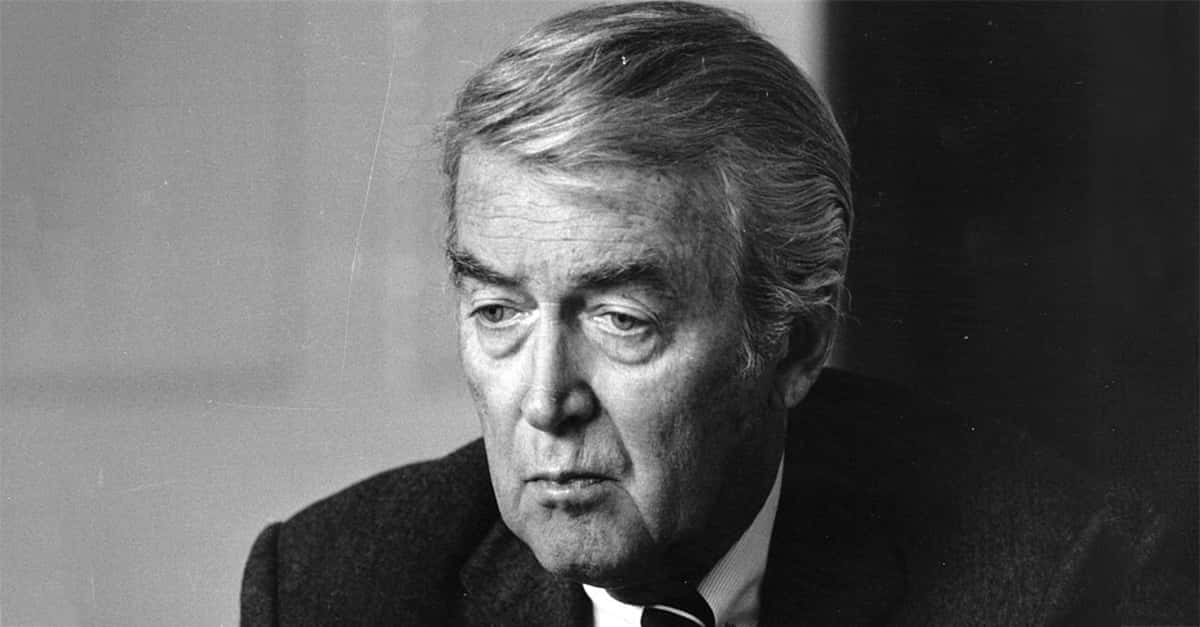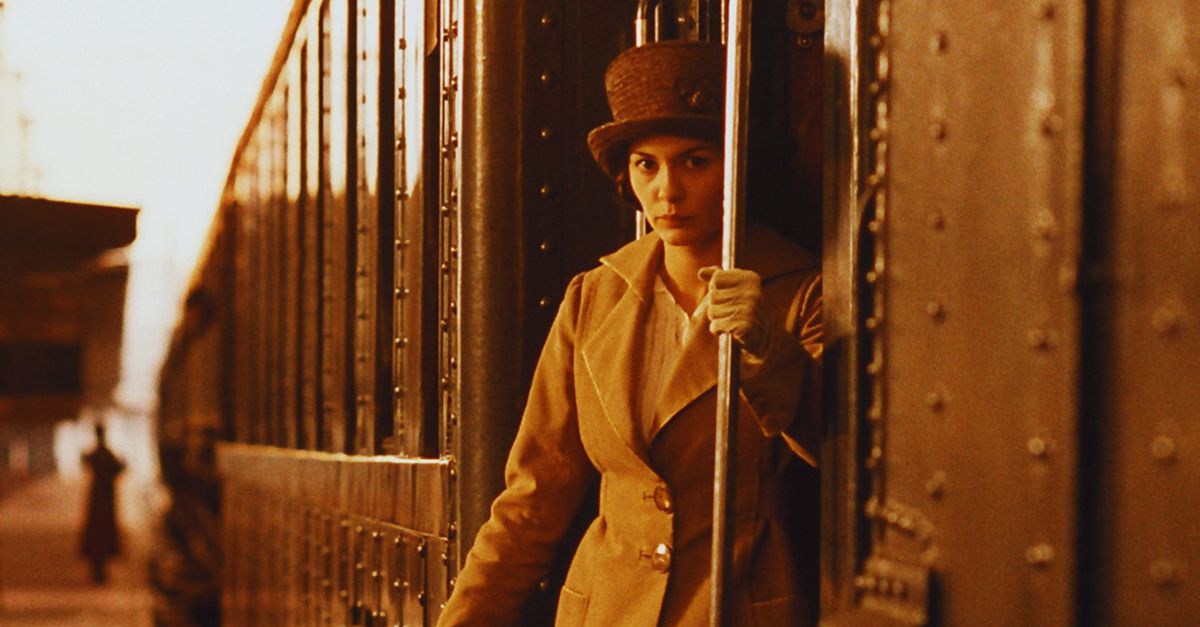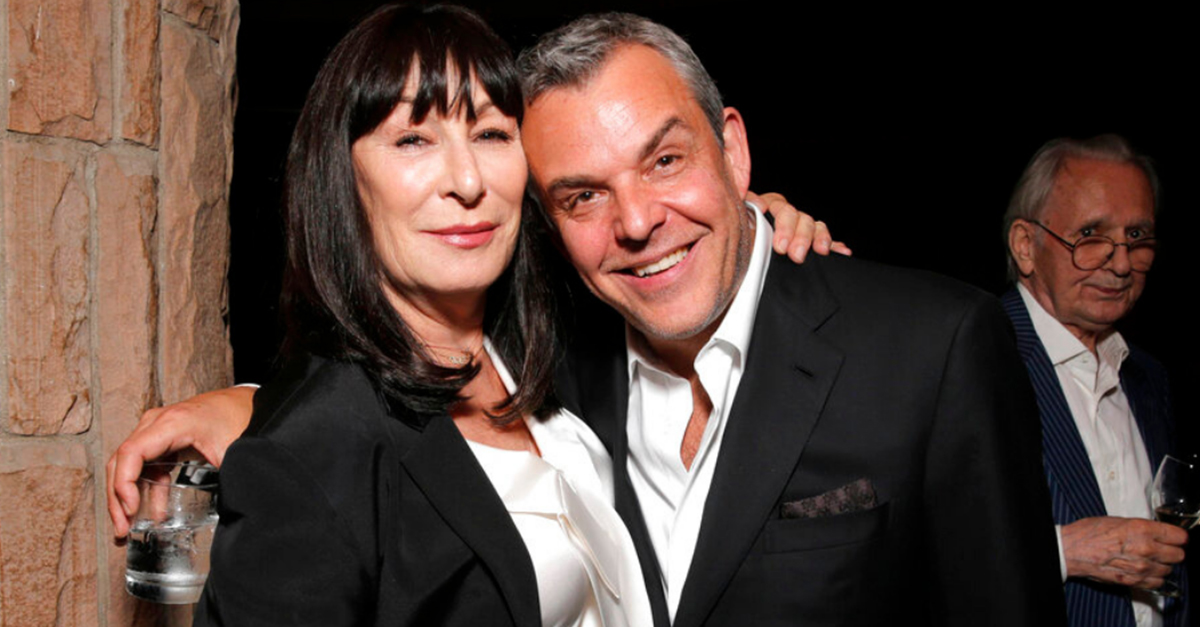Shifting Gears: How Bob Dylan Plugged In, And Rock & Roll Changed Forever
When Bob Dylan took the stage at the Newport Folk Festival in 1965 with an electric guitar strapped across his chest, the folk world stopped in its tracks. What unfolded wasn’t just a performance—it was a cultural explosion. Fans booed, purists fumed, and music as people knew it changed overnight. Dylan’s decision to go electric at Newport became one of the most talked-about moments in rock history, and its shockwaves are still being felt decades later.

Setting The Stage: Folk’s Golden Era
Before that July night, Dylan had become the voice of the American folk revival. Albums like The Freewheelin’ Bob Dylan and The Times They Are a-Changin’ positioned him as the poetic conscience of a generation. Folk was sacred—acoustic, pure, tied to political and social causes. To his fans, Dylan wasn’t just a musician; he was a messenger.
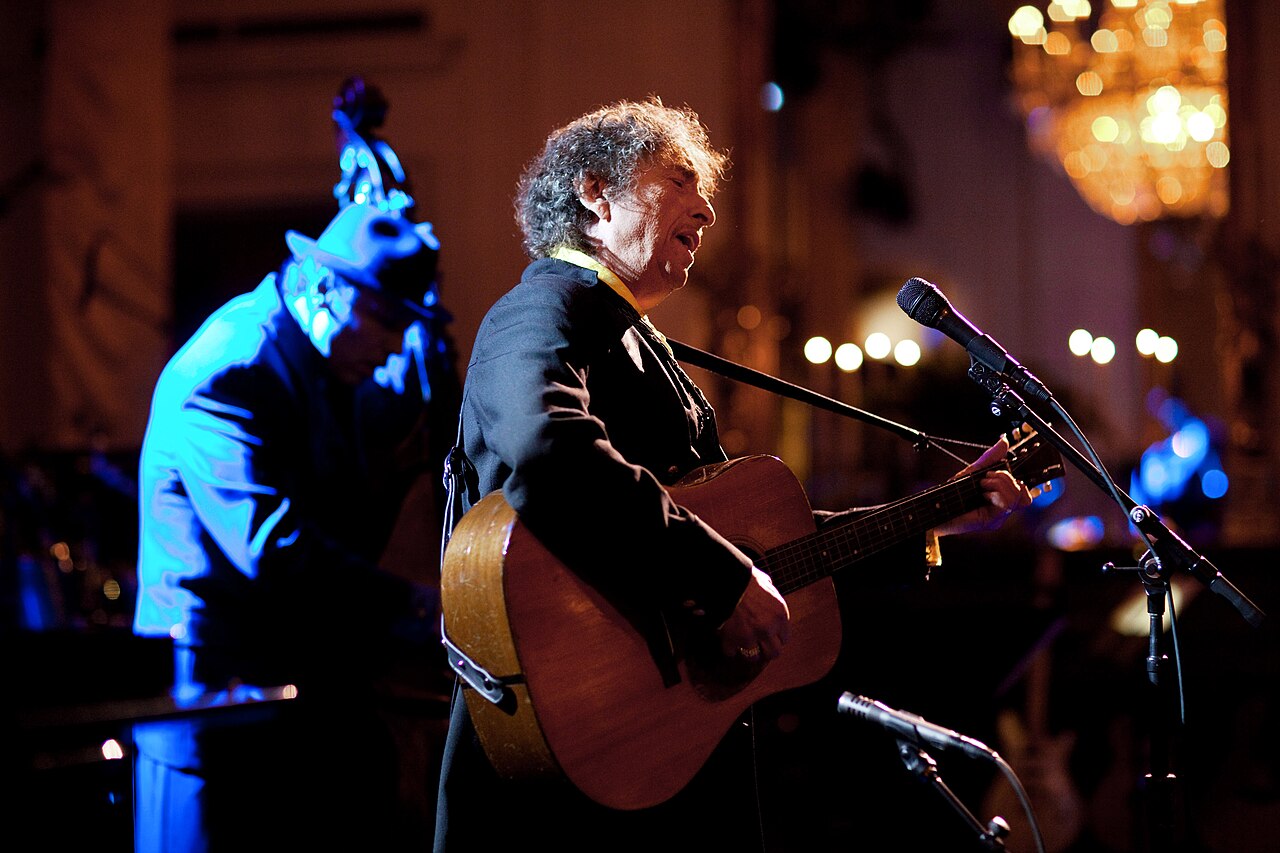 The White House from Washington, DC, Wikimedia Commons
The White House from Washington, DC, Wikimedia Commons
Dylan’s Restlessness And Shift In Direction
By early 1965, though, Dylan was growing restless. He was experimenting, reaching beyond the borders of traditional folk. Bringing It All Back Home (released March 1965) split itself in two halves—one electric, one acoustic. Then came Like a Rolling Stone in July, a six-minute blast of electric poetry that cracked the charts wide open. Dylan was chasing something bigger than folk purity.
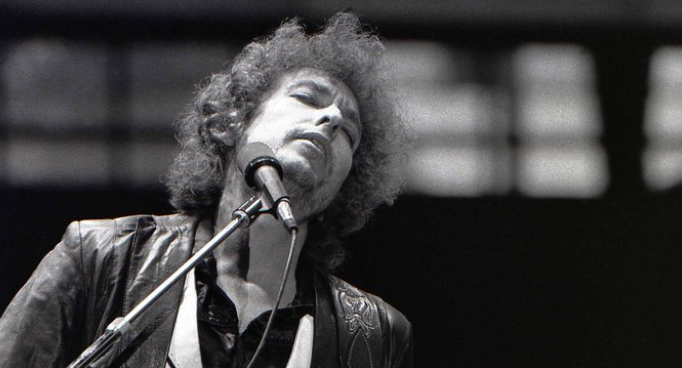 Chris Hakkens, CC BY-SA 2.0, Wikimedia Commons
Chris Hakkens, CC BY-SA 2.0, Wikimedia Commons
The Newport Setting: An Acoustic Shrine
The Newport Folk Festival was the temple of folk authenticity. The audience came for banjos, ballads, and protest songs, not amplifiers. Dylan had already appeared at Newport in 1963 and 1964 with acoustic sets that cemented his reputation. By 1965, he was expected to continue that tradition. Instead, he came ready to tear it down.
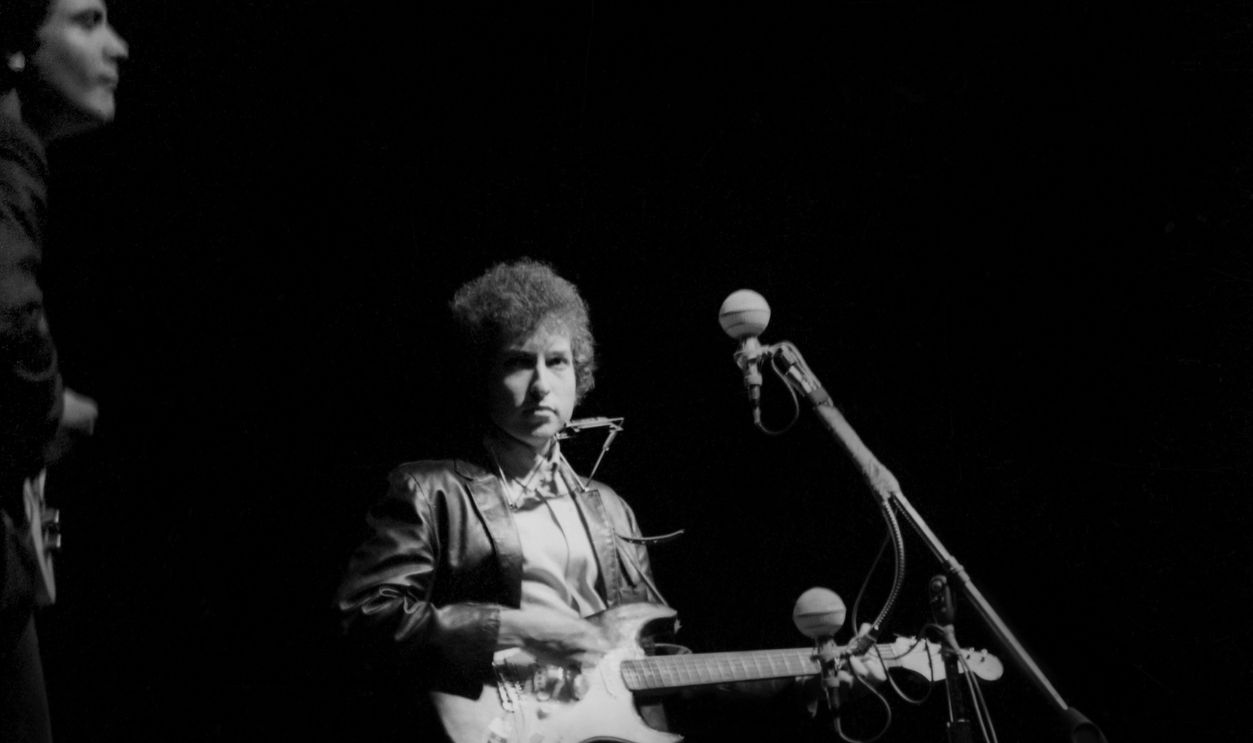 Donaldson Collection, Getty Images
Donaldson Collection, Getty Images
The Decision To Plug In
On July 24, 1965, Dylan played an acoustic workshop that went as expected. But later that day, according to roadie Jonathan Taplin, Dylan decided he’d plug in the next night. Reportedly frustrated by organizer Alan Lomax’s comments dismissing electric music, Dylan declared, “Well, [screw] them if they think they can keep electricity out of here”. He quickly assembled a band—members of the Paul Butterfield Blues Band plus Barry Goldberg and Al Kooper. The folk icon had just formed a blues-rock bomb squad.
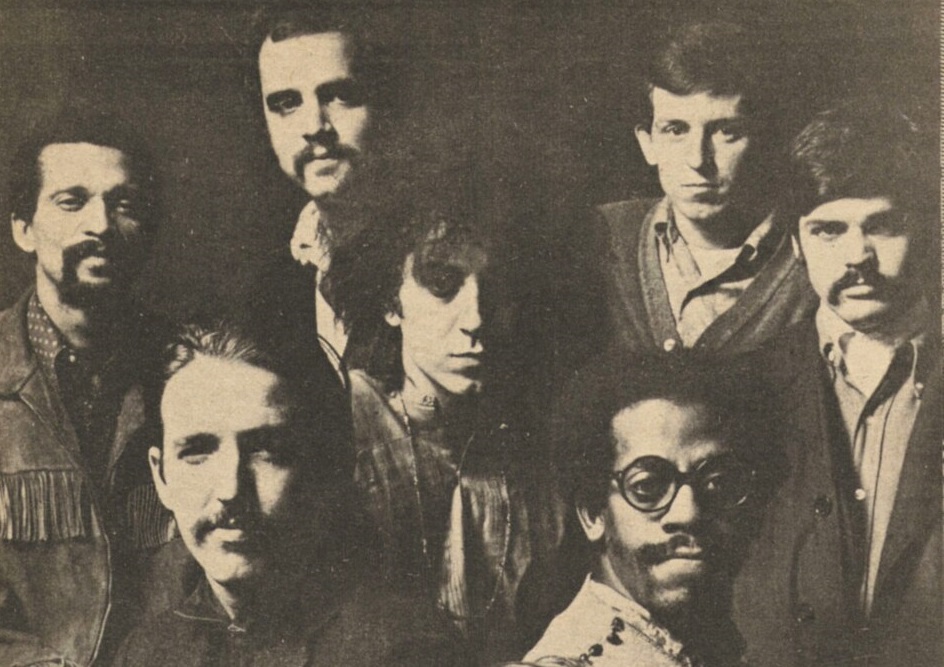 Seattle Public Library, Wikimedia Commons
Seattle Public Library, Wikimedia Commons
The Night Of July 25: Sparks Fly
Dylan’s electric set was slotted between two traditional folk acts—Cousin Emmy and the Sea Island Singers—a perfect setup for maximum whiplash. He kicked things off with “Maggie’s Farm”, followed by “Like a Rolling Stone” and “Phantom Engineer” (an early version of “It Takes a Lot to Laugh, It Takes a Train to Cry”). The volume was shocking. Sound engineer Joe Boyd later recalled: “By today’s standards it wasn’t that loud, but in 1965 it was probably the loudest thing anyone in the audience had ever heard”.
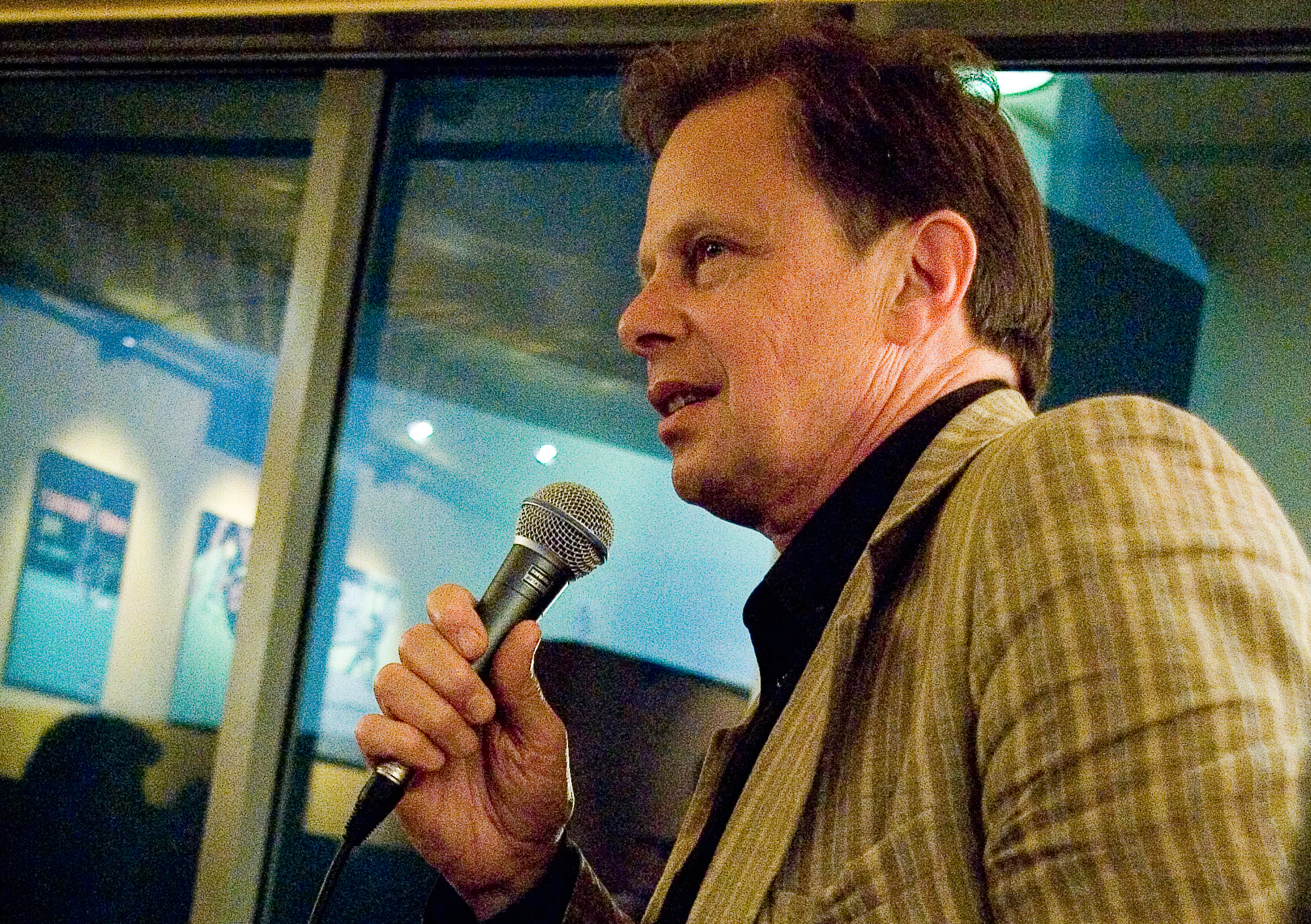 Jellevc, CC BY-SA 3.0, Wikimedia Commons
Jellevc, CC BY-SA 3.0, Wikimedia Commons
The Audience Reaction: Boos, Cheers, And Chaos
As soon as the first notes hit, the crowd was divided. Some cheered, others booed. Al Kooper remembered: “They were feeling ripped off. They didn’t care we were electric—they just wanted more songs”. Filmmaker Murray Lerner disagreed, saying, “They were booing Dylan going electric”. The truth was probably somewhere in the middle—a mix of shock, disappointment, and confusion. Newport had never heard anything like it.
Inside The Folk Camp: A Sense Of Betrayal
For the folk purists, Dylan’s electric guitar was a betrayal. Folk music had been a movement rooted in social justice and authenticity, and electric amplification felt commercial, even shallow. Critics like Irwin Silber and Ewan MacColl publicly condemned Dylan for abandoning protest music in favor of rock. To them, electricity meant selling out.
 Unknown Artist, CC BY 2.0, Wikimedia Commons
Unknown Artist, CC BY 2.0, Wikimedia Commons
Was Sound Quality To Blame?
Not everyone in the crowd was mad about the symbolism. Some were just frustrated they couldn’t hear properly. The mix was muddy, vocals were buried, and the overall sound was a mess. In the confusion, boos echoed for different reasons—some ideological, some technical. Dylan himself later said: “They certainly booed, I’ll tell you that. You could hear it all over the place”.
 Stoned59, CC BY 2.0, Wikimedia Commons
Stoned59, CC BY 2.0, Wikimedia Commons
The Abrupt End And Acoustic Encore
After just three songs, Dylan left the stage, the audience in uproar. Emcee Peter Yarrow (of Peter, Paul and Mary) pleaded for him to return. Dylan came back with an acoustic guitar and played two songs—"Mr Tambourine Man” and “It’s All Over Now, Baby Blue”. Then he walked off for good. He wouldn’t return to Newport for another 37 years.
Why The Moment Shook The World
This wasn’t just about volume or genre. It was about identity. Dylan’s decision to go electric forced everyone—fans, critics, and fellow artists—to rethink what “authentic” music meant. It was the moment when folk met rock head-on, and both would emerge transformed.
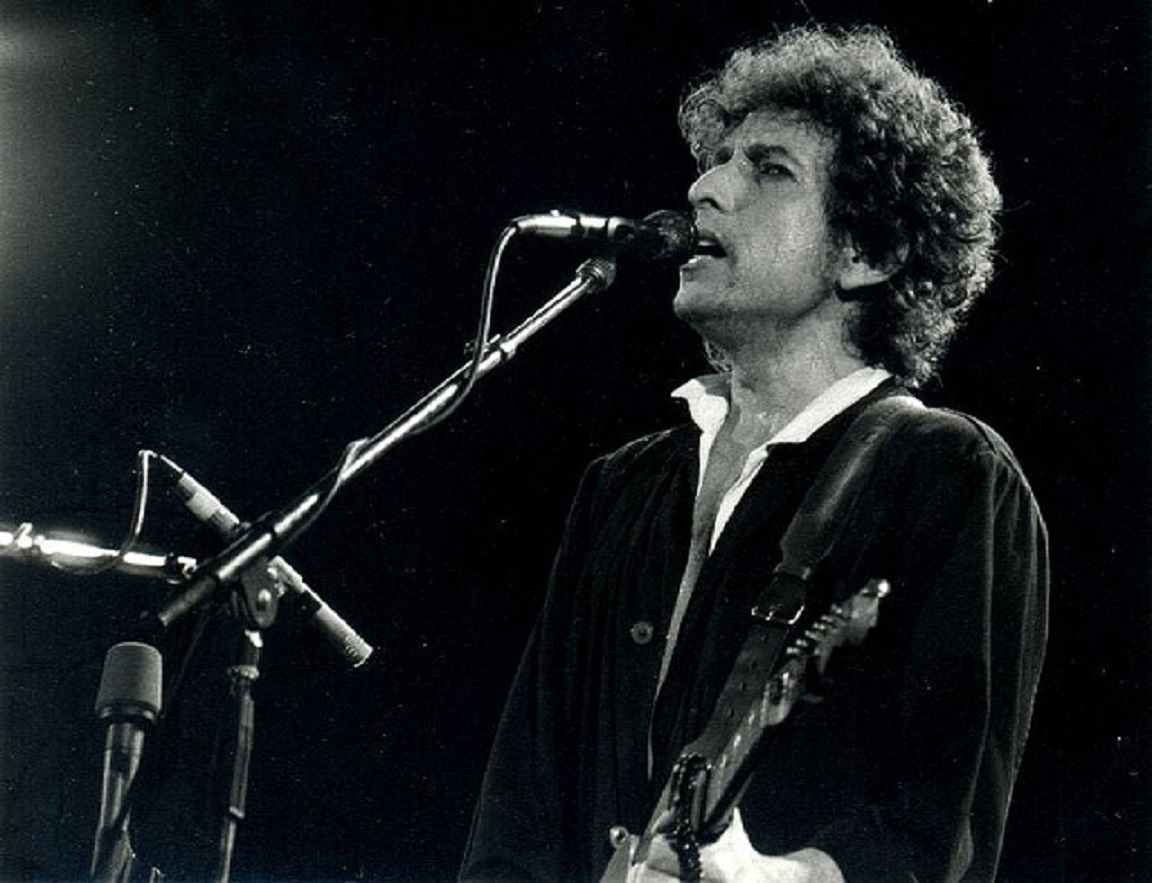 Xavier Badosa, CC BY-SA 3.0, Wikimedia Commons
Xavier Badosa, CC BY-SA 3.0, Wikimedia Commons
The Immediate Fallout
In the months that followed, Dylan doubled down. Highway 61 Revisited dropped in August 1965, followed by Blonde on Blonde in 1966. These albums fused poetry and rock in a way no one had before. On tour, Dylan split his shows into acoustic and electric halves—and the boos followed him across continents. In Manchester, 1966, a fan infamously yelled “Judas!” at him during an electric set. Dylan shot back, “I don’t believe you… you’re a liar,” then ordered his band to “play it [freakin'] loud”.
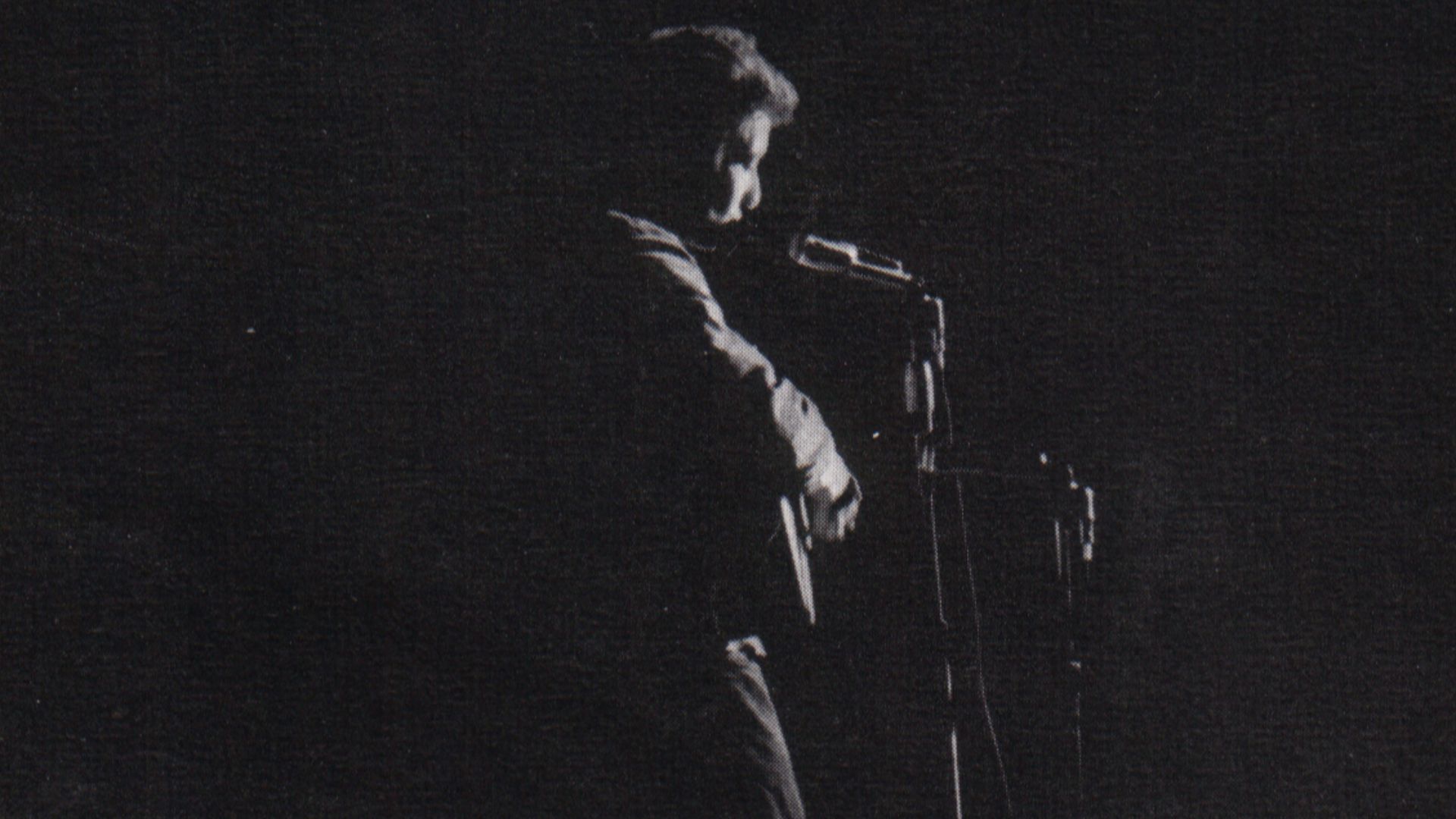 Unknown authorUnknown author, Wikimedia Commons
Unknown authorUnknown author, Wikimedia Commons
Changing Audience Expectations
Fans expected Dylan the protest poet, not Dylan the rock star. The Newport set forced them to confront that artists evolve. It also revealed how much audiences tie their identities to the art they love. Dylan’s transformation was personal but for fans, it felt like a breakup.
What Dylan Gained (And Lost)
Going electric liberated Dylan artistically. He could write beyond topical protest songs, exploring surrealism, emotion, and social ambiguity. But he also lost a portion of his old audience who never forgave him for “betraying” folk purity. In hindsight, that trade-off was essential—he gained freedom to redefine what songwriting could be.
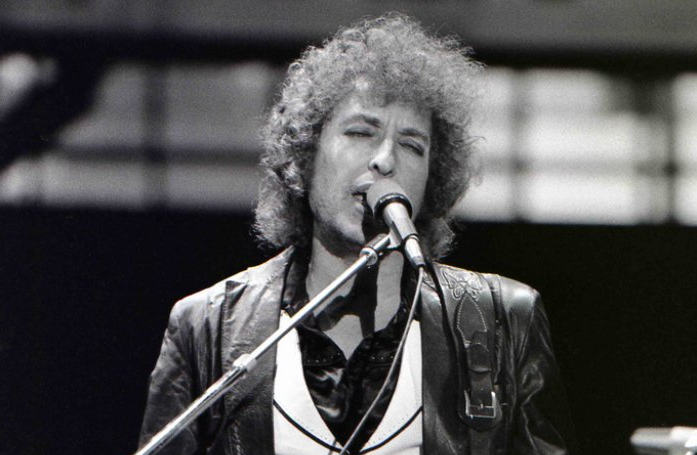 Chris Hakkens, CC BY-SA 2.0, Wikimedia Commons
Chris Hakkens, CC BY-SA 2.0, Wikimedia Commons
The Wider Ripple Effect: Folk-Rock Is Born
The Newport shockwave birthed a new genre. Bands like The Byrds, inspired by Dylan’s electric direction, released “Mr Tambourine Man” with jangly 12-string guitars—a hit that kick-started folk-rock. Simon & Garfunkel, The Mamas and the Papas, and Crosby, Stills & Nash all followed paths Dylan had helped open. The marriage of thoughtful lyrics and electric sound had officially begun.
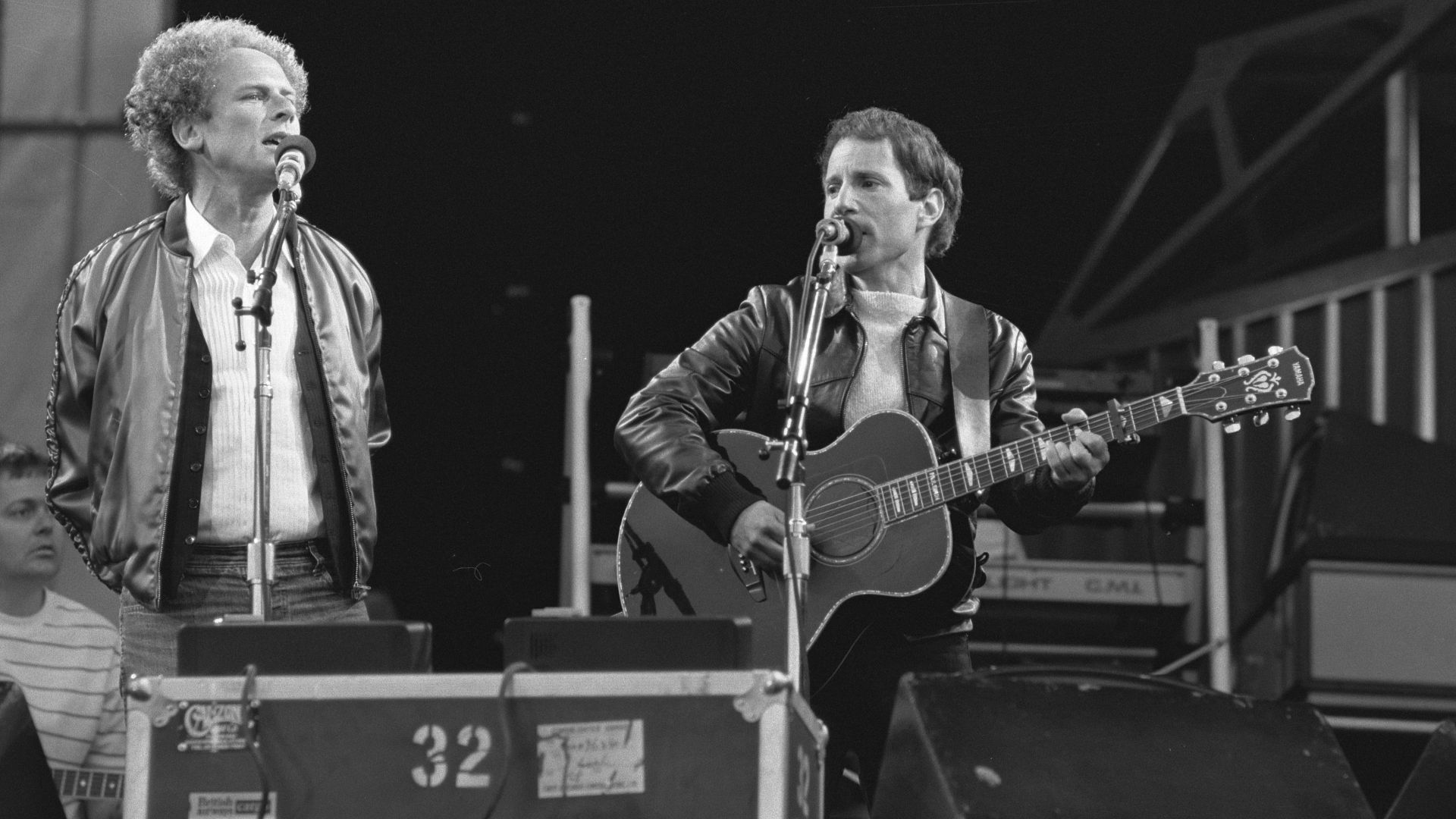 Rob Bogaerts / Anefo, Wikimedia Commons
Rob Bogaerts / Anefo, Wikimedia Commons
Bridging Genres And Breaking Rules
Dylan’s plug-in moment shattered the notion that folk had to stay acoustic or that rock couldn’t be serious. Suddenly, it was okay for rock music to carry poetry, introspection, and cultural weight. Conversely, folk artists began experimenting with amplification and modern arrangements. Genres were bleeding into each other—and music got richer for it.
Myth, Legend, And Storytelling
The Newport night took on legendary status. Tales of Pete Seeger trying to cut the cables with an axe became part of rock mythology (though Seeger denied it, saying he was just frustrated at the bad sound). The story itself—half truth, half folklore—symbolized the generational and cultural clash of the 1960s.
Retrospective Re-Evaluation
Today, critics view Dylan’s 1965-66 electric period as his most revolutionary. What once sounded like betrayal now feels like evolution. That Newport set isn’t remembered for boos—it’s remembered as the night music got bolder, stranger, and freer. Even folk legend Joan Baez later said she understood Dylan’s choice: “He wasn’t rejecting us—he was rejecting stagnation”.
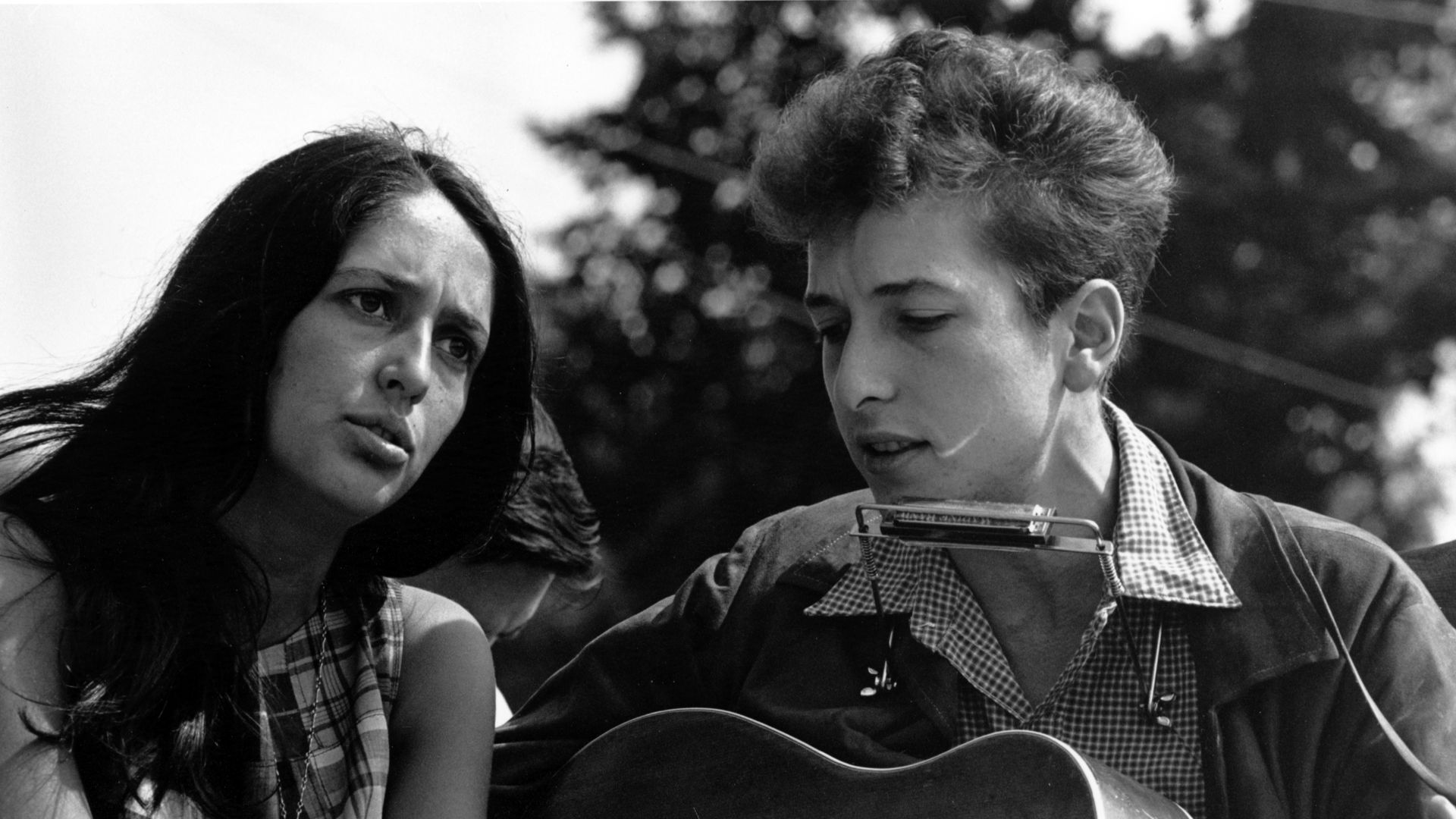 Rowland Scherman, Wikimedia Commons
Rowland Scherman, Wikimedia Commons
Why It Still Matters
Dylan’s electric rebellion reminds us that art and comfort don’t coexist easily. Every generation has its “Newport moment,” when someone dares to evolve and gets burned for it. Yet those are the moments that move culture forward. Dylan didn’t just change genres; he changed what audiences expected from musicians.
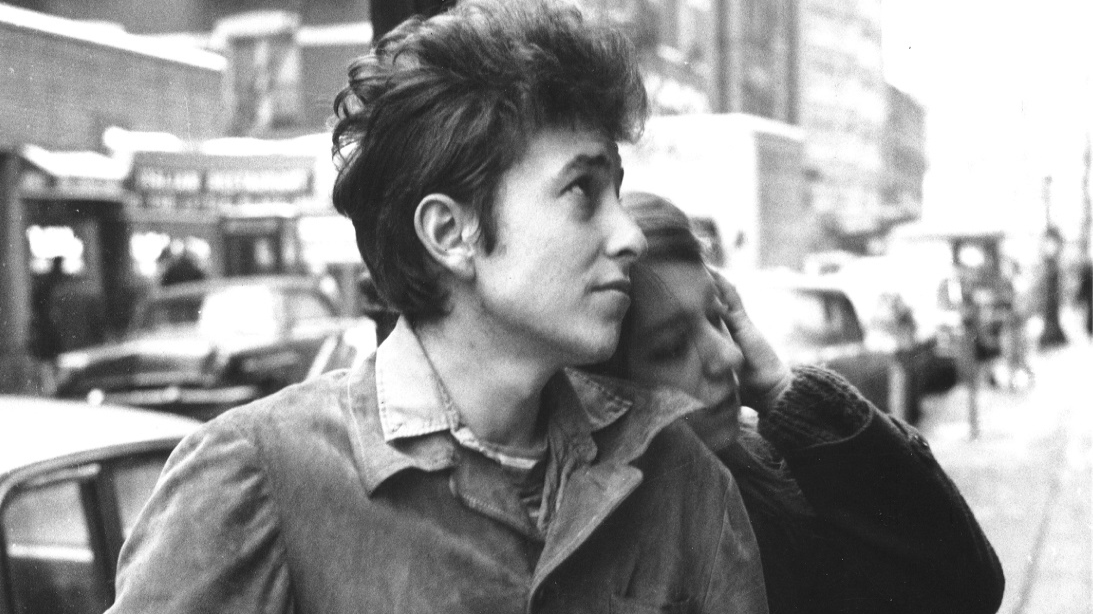 Michael Ochs Archives, Getty Images
Michael Ochs Archives, Getty Images
The Night That Changed The Sound
The impact of Newport rippled through generations of artists. Bruce Springsteen cited Dylan’s electric boldness as inspiration for his own mix of poetry and rock grit. Neil Young carried the torch with feedback-soaked introspection. Tom Petty built his sound on the same defiant blend of folk lyricism and electric swagger. Even punk and indie artists—from Patti Smith to The Strokes—owe part of their artistic license to Dylan’s refusal to stay in one lane. That night in 1965 was more than rebellion. It was a declaration: music could evolve, challenge, and electrify—literally and figuratively. When Dylan plugged in, he didn’t just amplify his guitar; he amplified the possibilities of modern music.
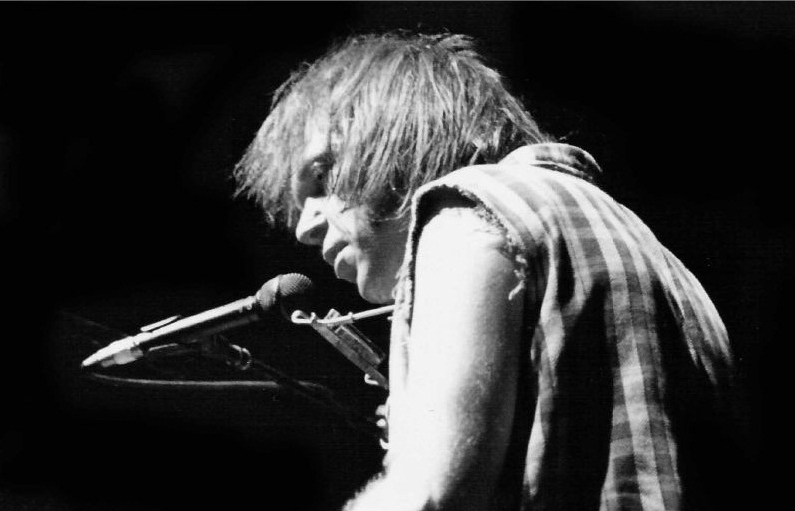 Stoned59, CC BY 2.0, Wikimedia Commons
Stoned59, CC BY 2.0, Wikimedia Commons
Final Thoughts
Did Dylan “cause” folk-rock? Maybe not single-handedly. But he embodied its birth. He showed that authenticity isn’t about instruments—it’s about intent. Newport 1965 stands as proof that great art often starts with a boo, and ends with a standing ovation from history.
You May Also Like:

